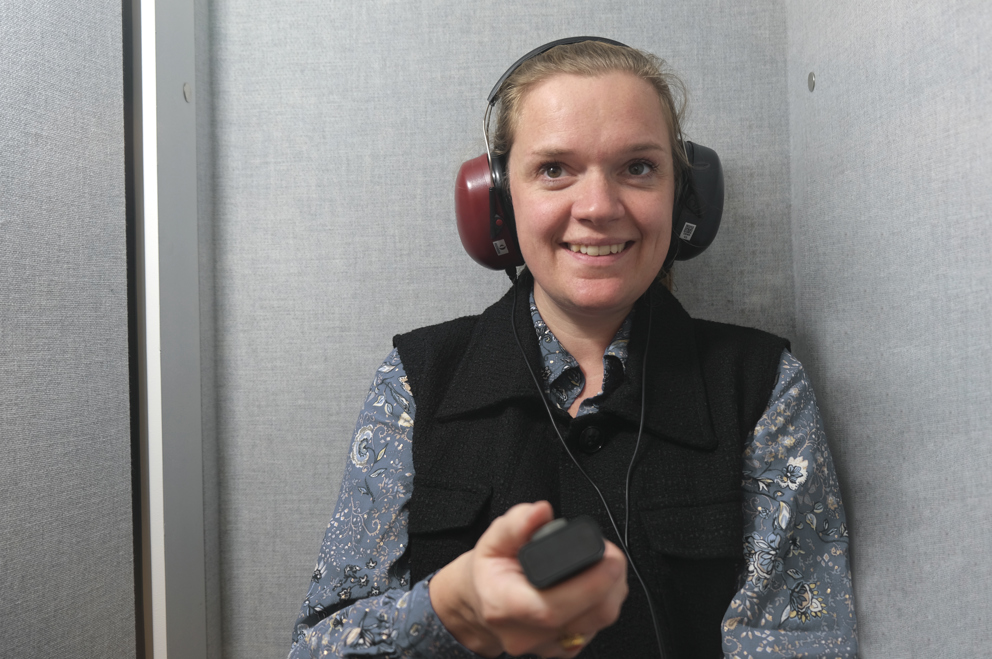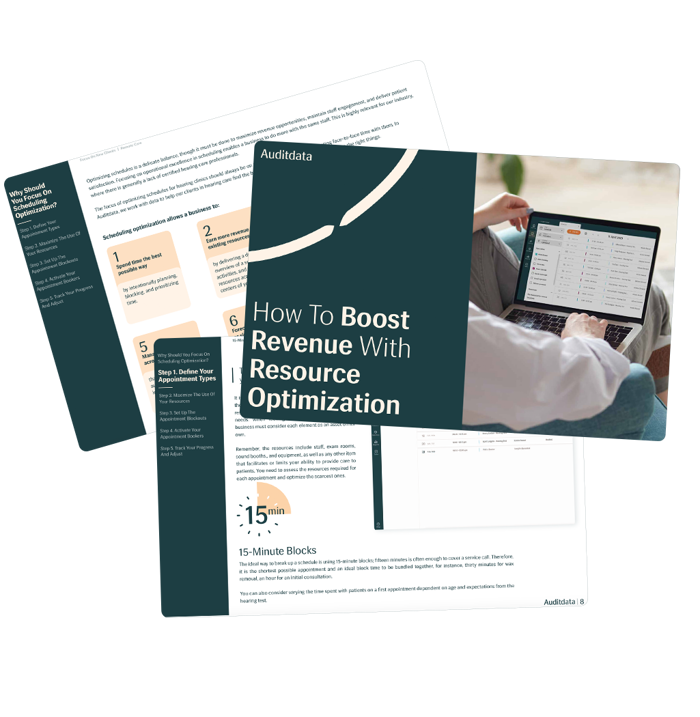Use technology to get valuable insights. An integrated, user-friendly practice management software, like Auditdata’s Manage, is invaluable in tracking productivity and other key metrics for your clinic.
Manage provides insights around how your staff are using their time, how many customers they see in a day, the type and length of each appointment, and more. Using that data, you can spot and address any issues, such as inefficient scheduling or problematic workflows.
Engage staff. Engagement and productivity are closely linked. If you want productive staff, work continuously to boost employee engagement, as research shows that engaged staff are up to 17% more productive than their peers.
Show your appreciation for your staff, make them feel valued, and respect their opinions and contributions. It also helps to provide an incentive structure that motivates them to meet certain metrics, including a pre-determined productivity level.
Set clear goals for each employee, position, and department. One of the best ways to measure the productivity of individual staff is to see how they’re measuring up against the goals you’ve set for them.
Only about half of workers say they know what is expected of them at work. Set clear objectives related to each employee’s (and each department’s) output and efficiency.
Recognize that metrics will be different across roles and, therefore, the ways you measure productivity will also differ. Offer bonuses or incentives for staff that meet their goals and build this into your clinic’s salary structure. These clear goals will motivate them and help you monitor if (and when) people are falling short.
Have honest conversations with your team. One great way to measure staff’ productivity is to talk to them about it. Your staff are the ones doing the work, so they’ll have plenty of insights into how your clinic (and staff) can be more efficient and effective.
- Are there certain things that they think are time wasters?
- Are there tasks they feel take more time than they should?
Your staff will appreciate that you’re asking for their input, and you’ll get valuable information on what’s working well and what isn’t. This exercise will also help with employee engagement efforts.
Do regular productivity audits. Schedule time to review productivity metrics on a regular basis, ideally quarterly. Auditdata Manage allows clinic owners to easily review reports, which helps clinic owners assess productivity numbers.
Look objectively at what’s working, as well as potential barriers. Do this more often than once a year, so you’ll be able to identify (and fix) any issues promptly.
















